Understanding Blow Moulded Plastic Parts
Blow moulded plastic parts are integral in various industries, serving a plethora of applications, from consumer products to complex industrial components. The technique of blow moulding involves shaping plastic into hollow forms, enabling manufacturers to produce everything from intricate plastic bottles to large industrial containers. This process is not only cost-effective but also offers advantages in terms of design flexibility and material efficiency. To dive deeper into the world of blow moulded plastic parts, let’s explore the fundamentals of this manufacturing process, its benefits, and roles across various sectors.
What Are Blow Moulded Plastic Parts?
Blow moulded plastic parts are created through a manufacturing process that inflates a softened thermoplastic into a hollow shape using air pressure. The parts produced are typically lightweight yet strong, making them ideal for a variety of applications. Common products include containers such as bottles, drums, and automotive fuel tanks. Understanding the blow moulded parts involves recognizing both their physical attributes, such as strength and durability, and their manufacturing intricacies.
The Blow Moulding Process Explained
The blow moulding process generally consists of several stages:
- Preparation of the Parison: A thermoplastic material is heated and formed into a tube-like structure known as a parison.
- Insertion into the Mold: The parison is placed in a mold, which defines the outer shape of the product.
- Inflation: Compressed air is introduced into the parison, which expands it to fit the mold.
- Cooling and Ejection: The cooled plastic solidifies in the shape of the mold before being ejected as a finished product.
This robust yet straightforward procedure underlines why blow moulding is favored in many industrial settings.
Benefits of Using Blow Moulded Parts
Blow moulded parts present several advantages:
- Cost-Efficiency: The mass production capability of blow moulding reduces manufacturing costs significantly.
- Design Flexibility: Complex shapes can be created with ease, allowing for innovative designs.
- Material Efficiency: The process minimizes waste, as trim from the parison can be recycled into the production cycle.
- Lightweight Strength: Blow moulded parts provide a strong, durable product that is lighter than equivalents produced through other methods, such as injection moulding.
Types of Blow Moulding Techniques
Blow moulding is diversified into various techniques to cater to specific manufacturing needs, each with unique features and benefits. Let’s explore the three primary blow moulding techniques commonly employed today.
Extrusion Blow Moulding
Extrusion blow moulding involves extruding a continuous tube of plastic (the parison) and then placing it within a mold. Air pressure inflates the parison until it conforms to the shape of the mold. This method is widely used for creating various products, including bottles and containers. Some key aspects include:
- High Production Rates: Ideal for large-scale production runs.
- Simplicity in Equipment: The process requires less complex machinery compared to others.
Injection Blow Moulding
Injection blow moulding is different in that it uses injection molding to create the parison, which is then transferred to a mold for blow molding. Additionally, this method is known for producing more precise and intricate shapes. Its characteristics include:
- High Accuracy: Suitable for parts requiring detailed specifications.
- Versatility: Can manufacture a broad range of products, from small parts to larger components.
Stretch Blow Moulding
This technique combines stretch and blow molding, where a preform is first stretched both axially and radially before blow molding. Stretch blow moulding is commonly utilized to enhance the strength and clarity of the final product, most notably in producing PET bottles used in beverage packaging. Notable benefits include:
- Enhanced Mechanical Strength: Ideal for applications requiring robustness.
- Improved Clarity: Provides a clear finish that is visually appealing.
Materials Used in Blow Moulding
The materials chosen for blow moulding are crucial in defining the characteristics of the final product. Different types of plastics offer unique properties that can change the performance and usability of the blow moulded parts.
Common Plastics for Blow Moulding
The most commonly utilized materials in blow moulding include:
- Polyethylene (PE): Available in varieties like High-Density Polyethylene (HDPE) and Low-Density Polyethylene (LDPE), known for durability and flexibility.
- Polypropylene (PP): Offers excellent chemical resistance and is used in various applications, including automotive and consumer goods.
- Polyethylene Terephthalate (PET): Frequently used for bottles and containers, recognized for its strength, transparency, and recyclability.
- Polyvinyl Chloride (PVC): Known for its versatility, PVC is applicable in both rigid and flexible forms.
Properties and Advantages of Each Material
Understanding how each of these materials aids in fulfilling diverse industry requirements is fundamental:
- Polyethylene: Excellent barrier properties and ease of processing make it ideal for food packaging and containers.
- Polypropylene: Its resistance to fatigue reinforces its use in automotive components.
- PET: Preferred for its recyclability and performance in high-temperature applications.
- PVC: Customizable attributes allow it to serve various applications, from medical devices to construction materials.
Future Trends in Blow Moulding Materials
The future of blow moulding materials is leaning toward more sustainable options and innovations in polymer technology. With increasing environmental consciousness, materials like bio-based plastics and improved recyclability of standard thermoplastics are gaining traction. Moreover, advancements in material science could lead to lighter, stronger, and more durable materials tailored for specialized applications, paving the way for future development in blow moulding.
Applications of Blow Moulded Plastic Parts
The versatility of blow moulded plastic parts allows them to serve multiple sectors, transforming designs and functions into practical solutions.
Industries Utilizing Blow Moulded Parts
Blow moulded parts are prevalent in numerous industries, including:
- Consumer Goods: Such as bottles, toys, and containers.
- Automotive: Including fuel tanks, air ducts, and interior components.
- Packaging: For food, beverages, and pharmaceuticals, where safety and integrity are crucial.
Innovative Products Made via Blow Moulding
From innovative cosmetic bottles to fuel tanks and packaging solutions, blow moulding continues to support creativity in product design. Companies are experimenting with new forms that enhance user experience, sustainability, and branding. Here is a glimpse of innovative products that exemplify the possibilities:
- Reusable water bottles with ergonomic designs.
- High-performance fuel tanks catering to automotive efficiency.
- Smart, integrated packaging with features designed for consumer convenience.
Case Studies: Successful Blow Moulding Applications
Numerous organizations have successfully implemented blow moulding to achieve significant enhancements in production efficiency and product quality. For example:
- Case Study 1: A beverage manufacturer introduced blow moulded PET bottles that reduced material usage by 30%, maintaining product integrity and reducing costs.
- Case Study 2: An automotive company adopted blow moulding for producing lightweight parts, leading to a 15% decrease in vehicle weight and increased fuel efficiency.
Such case studies illustrate the robust potential of blow moulding in addressing real-world challenges across various sectors.
Challenges and Solutions in Blow Moulding
While blow moulding presents numerous advantages, the process is not without its challenges. Understanding these hurdles is vital for optimizing production and enhancing output quality.
Common Issues in the Blow Moulding Process
Among the most common challenges are:
- Material Consistency: Variability in the polymer can affect the properties and performance of the final product.
- Process Control: Inadequate control over temperatures and pressures during molding can lead to defects.
- Mold Wear: Over time, molds can wear down, causing inconsistencies in production quality.
Best Practices for Optimizing Production
Addressing these challenges requires implementing best practices, including:
- Regular Material Testing: Ensure consistency in properties through stringent testing protocols.
- Advanced Process Control Systems: Invest in automation and monitoring technologies for greater oversight during production.
- Preventive Maintenance: Establish a routine maintenance schedule for molds to sustain quality and efficiency.
Technological Innovations Enhancing Blow Moulding
The blow moulding landscape is witnessing innovations, like improved recycling techniques and the use of automation, to streamline processes and increase output quality. These technologies promise a future where blow moulding can adapt to evolving market demands while maintaining sustainability and efficiency. Advancements in software to monitor and control manufacturing processes can lead to adaptive production lines that respond dynamically to any inconsistencies, enhancing product quality and resource optimization.
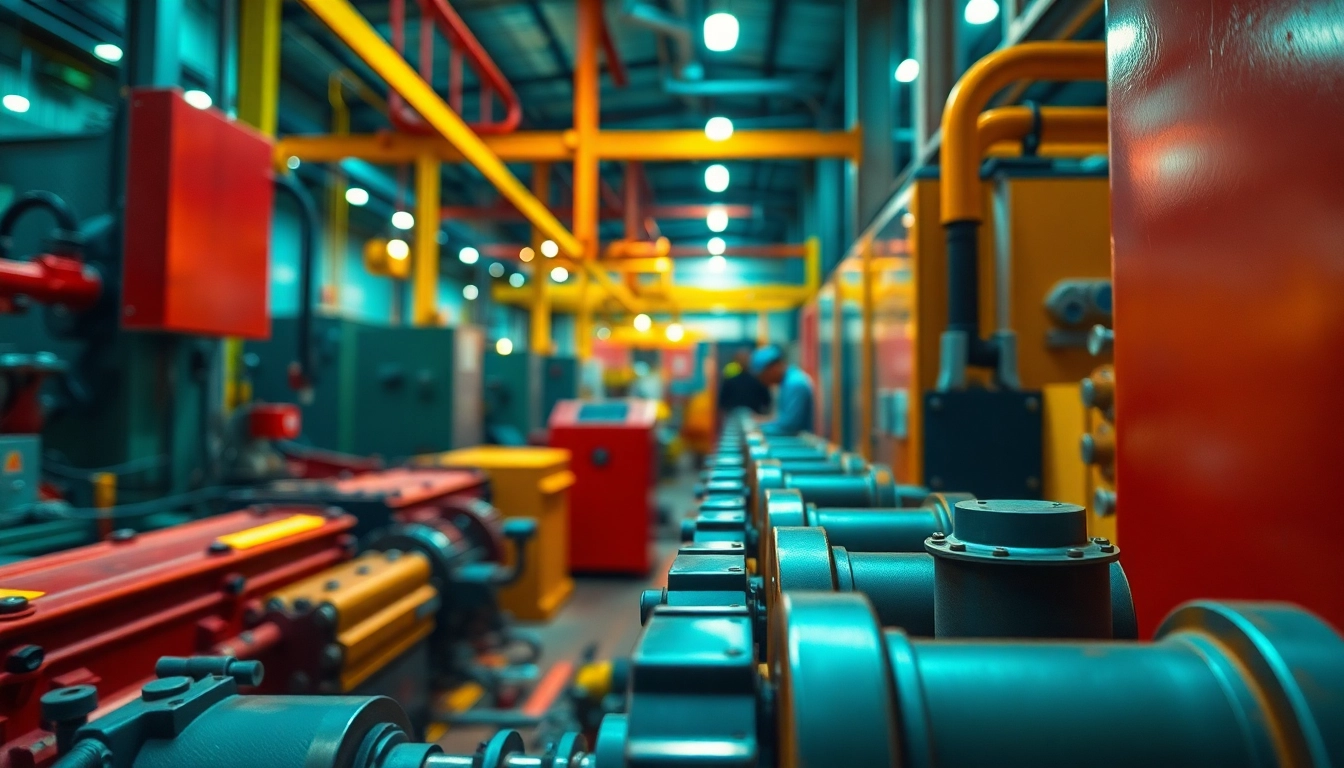
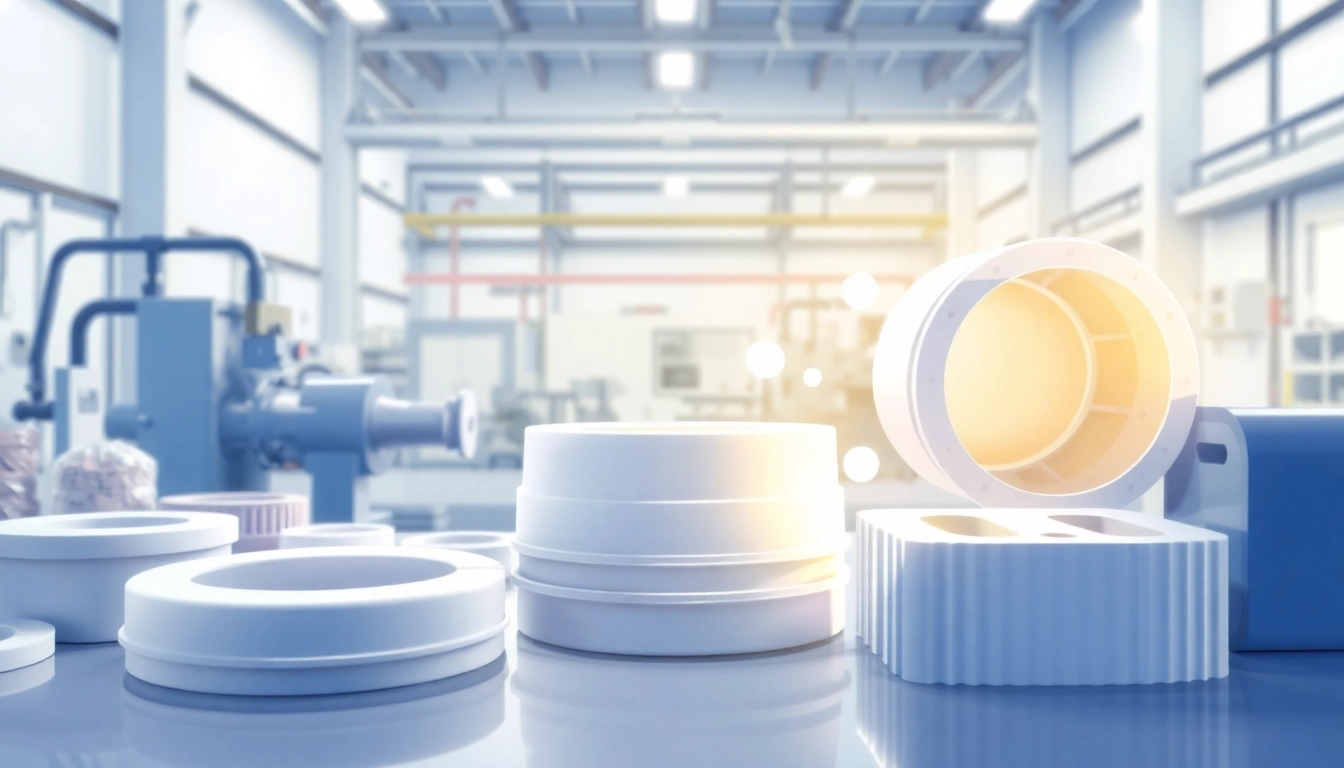
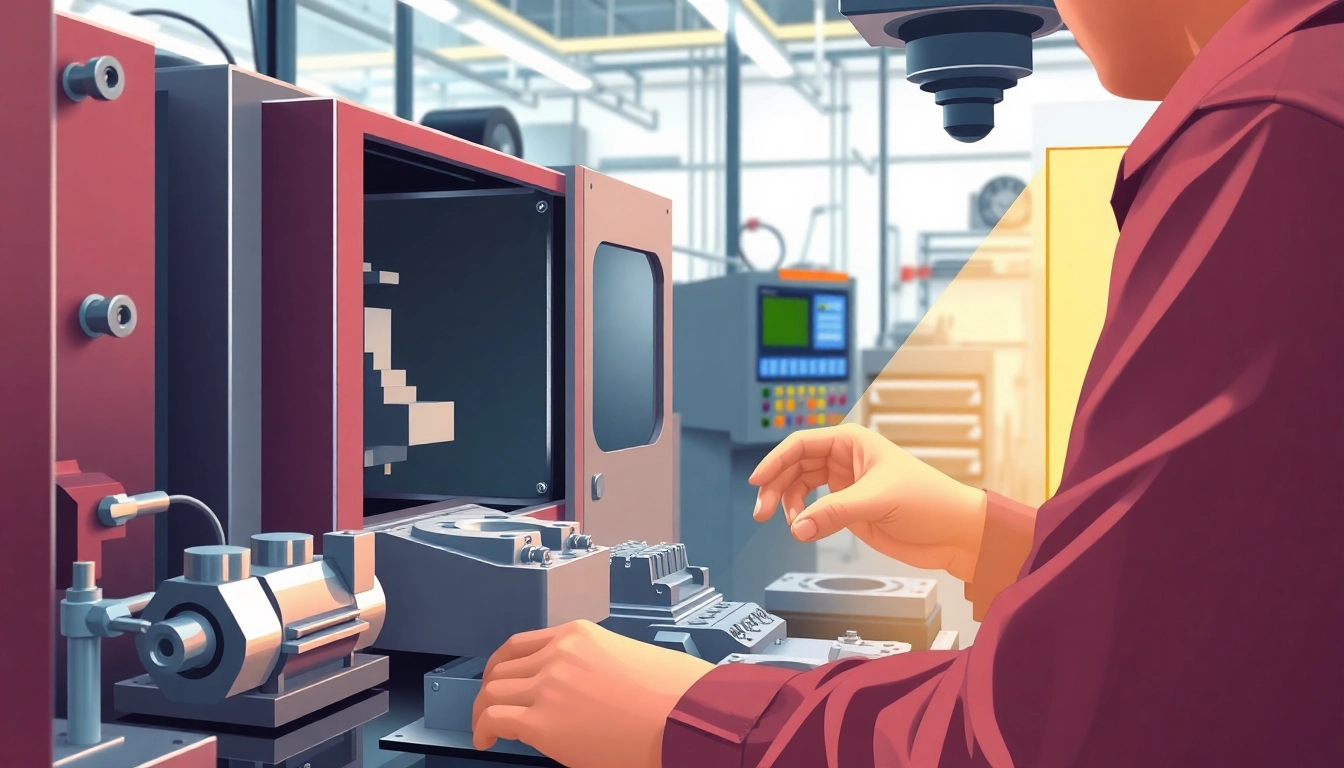
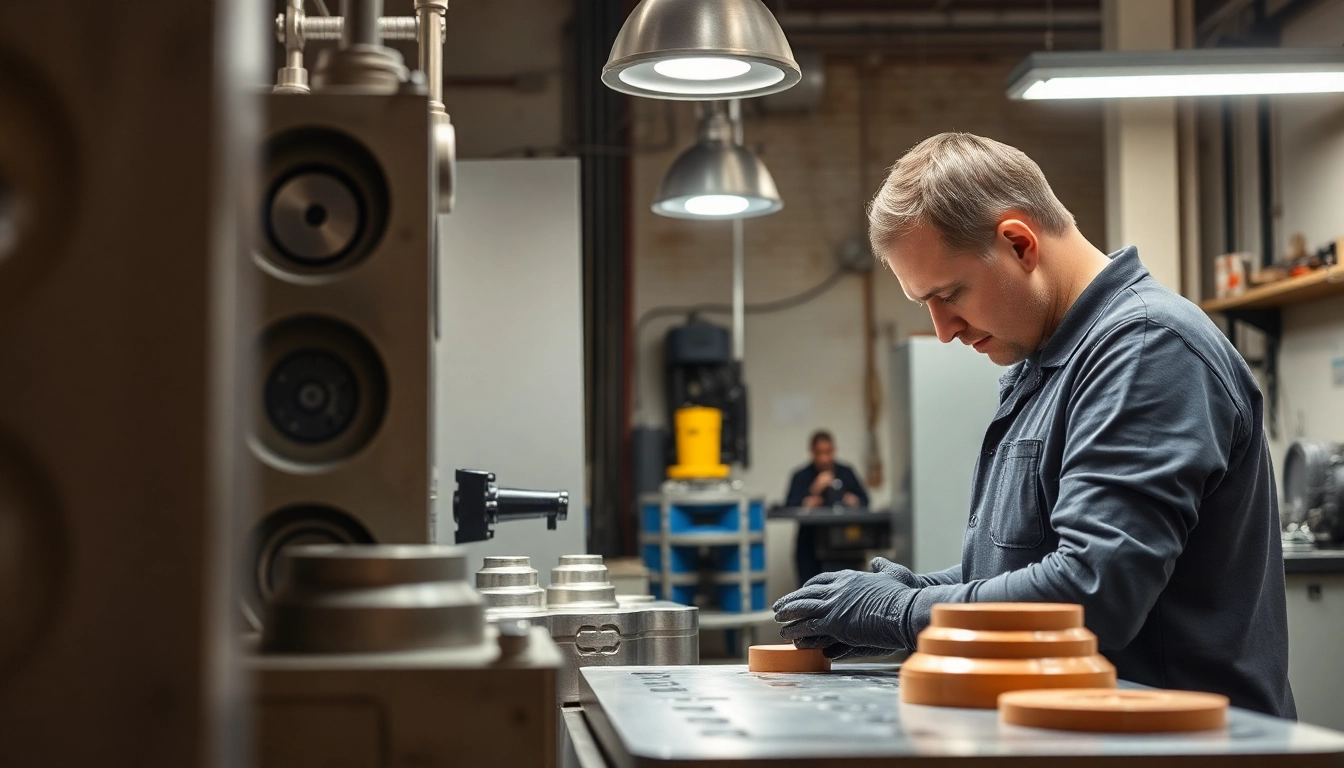
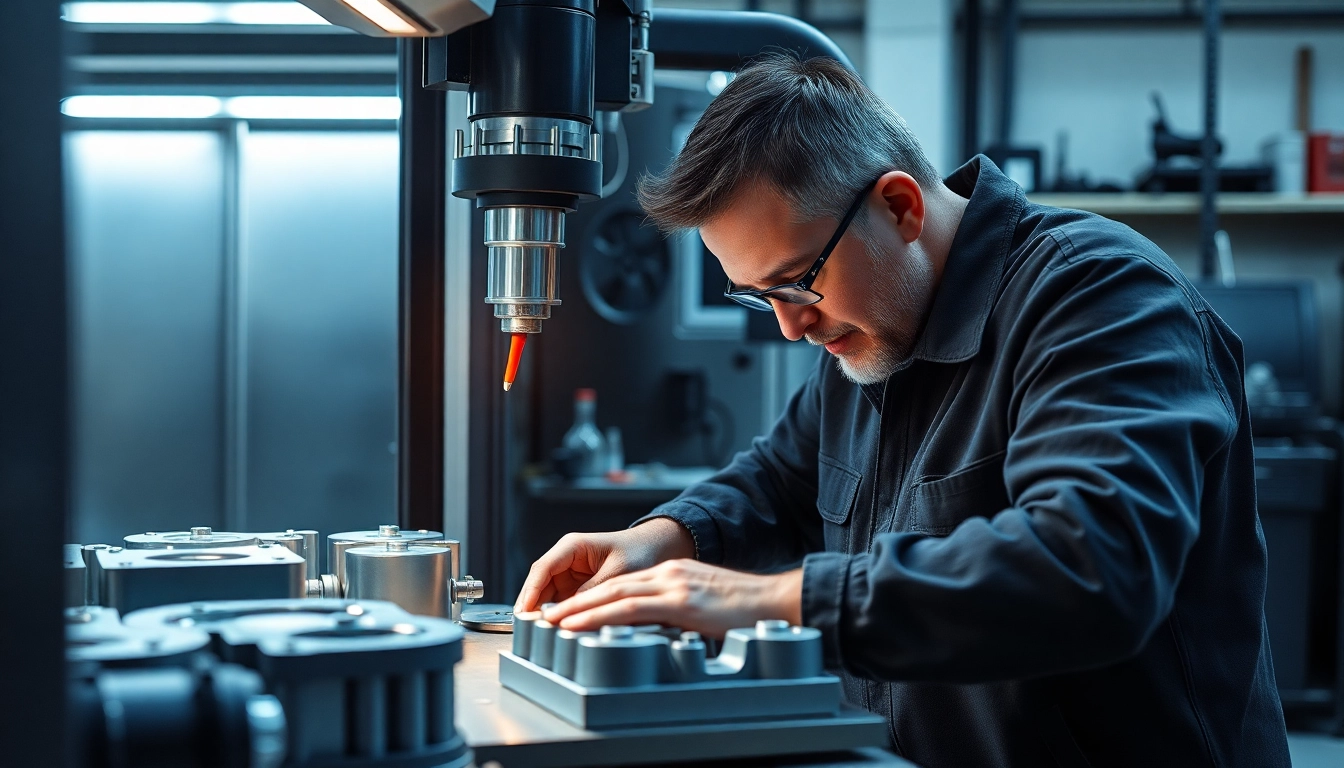

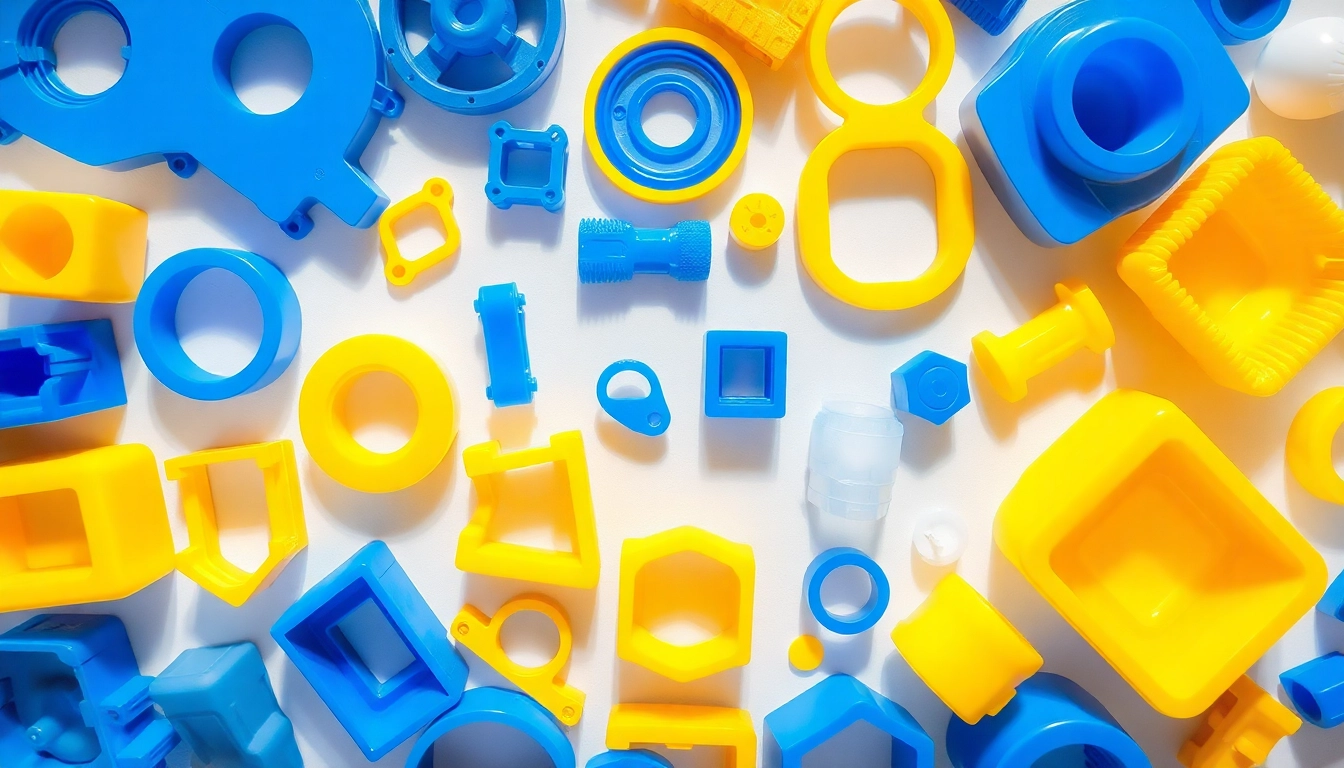

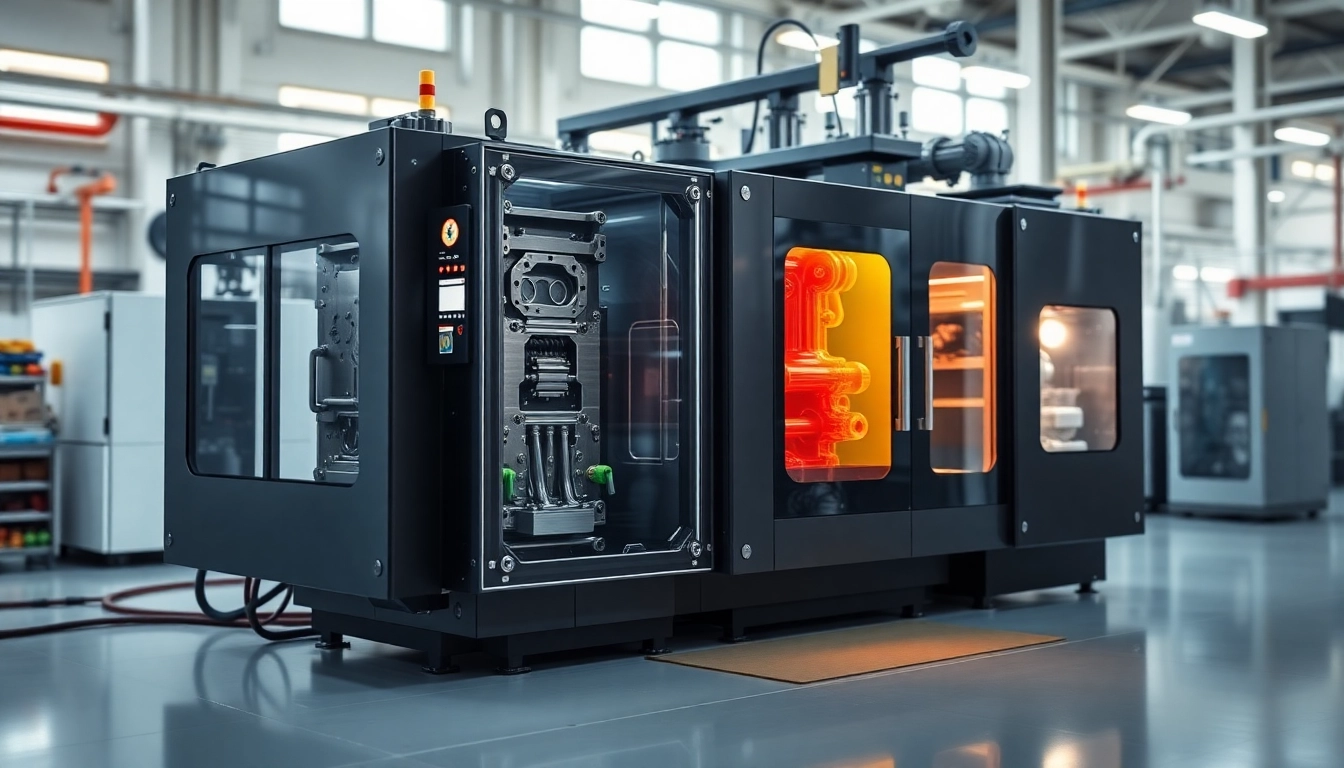
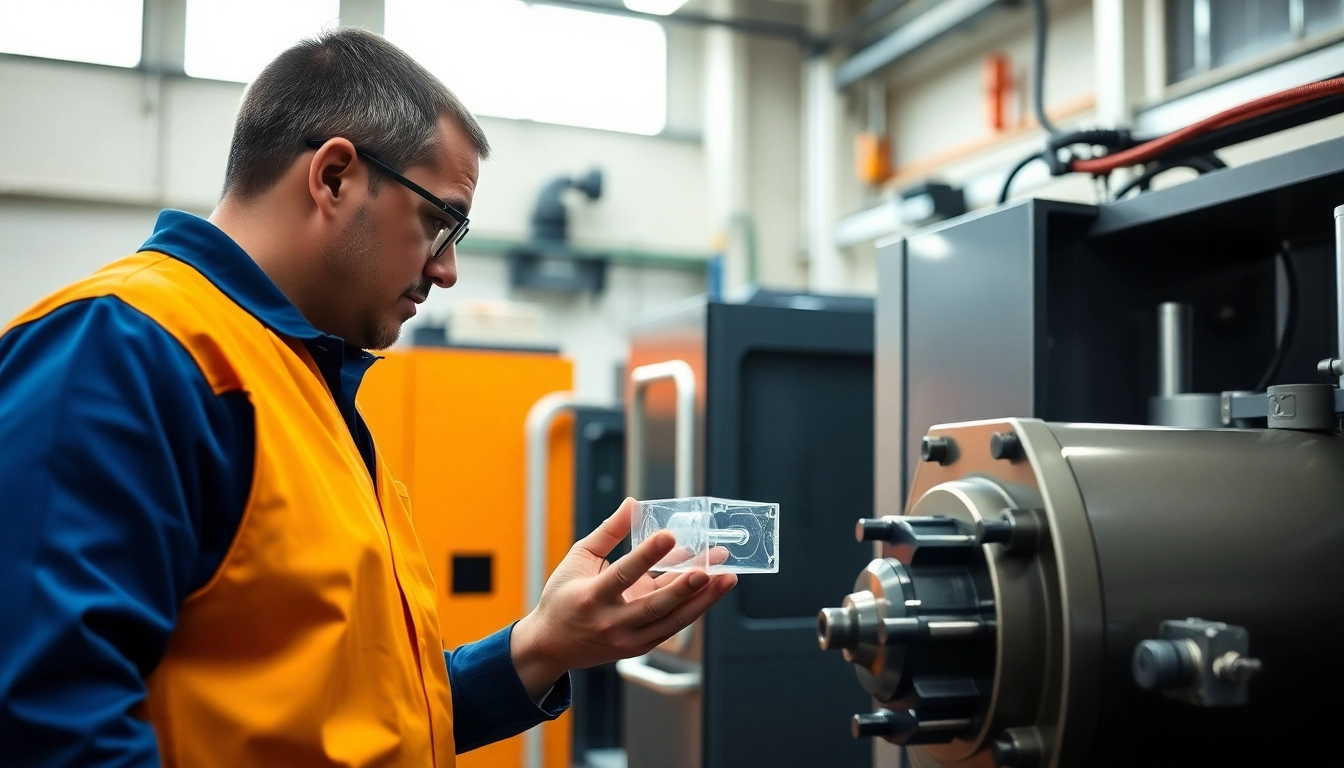
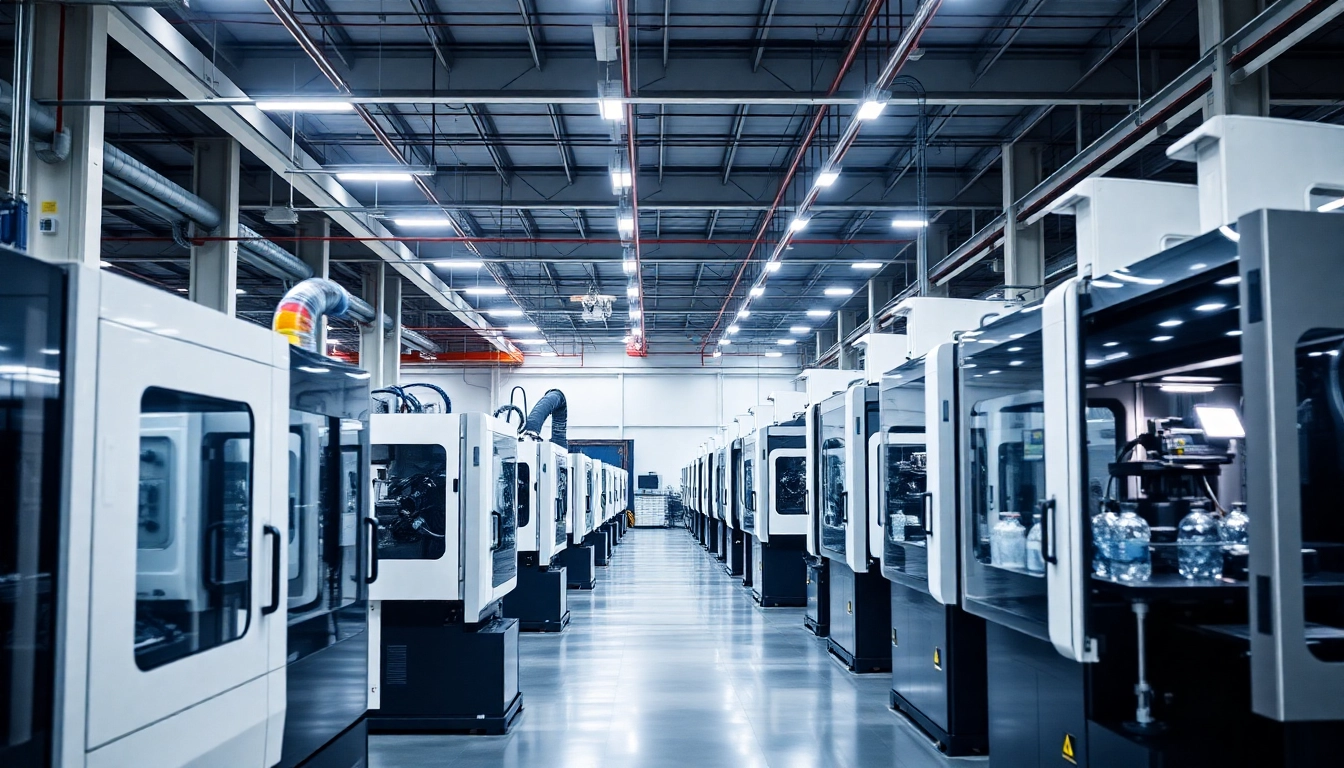




Leave a Reply